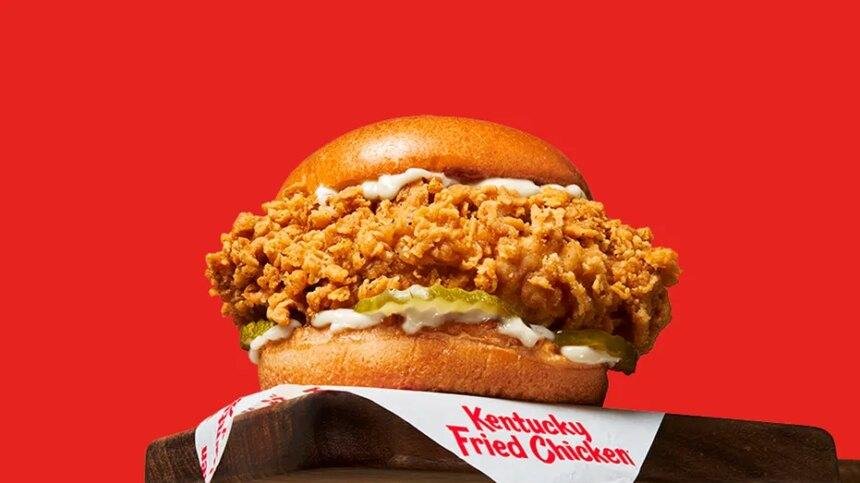KFC Revives Fan-Favorite Sauce Amid Competitive Fast-Food Landscape
In a strategic move to attract customers, KFC has reintroduced its beloved original honey barbecue sauce, a product that first captured the hearts of consumers in the 1990s. This announcement, made via social media on Tuesday, highlights the chain’s efforts to rekindle nostalgia and drive traffic to its restaurants during a challenging economic climate for the fast-food industry.
A Taste of Nostalgia
The return of KFC’s honey barbecue sauce is not merely a marketing gimmick; it reflects a deep-seated consumer demand. The sauce became a cultural phenomenon upon its initial release, inspiring petitions and countless social media mentions from fans eager to see it back on the menu. KFC’s U.S. President, Catherine Tan-Gillespie, emphasized that this revival is part of a broader initiative dubbed the “Kentucky Fried Comeback,” aimed at reigniting customer passion for the brand. “This isn’t just a nostalgic nod. It’s an example of how we’re turning feedback into action,” she stated.
Competitive Pricing Strategies
In addition to the sauce, KFC is temporarily slashing prices on several menu items, including the popular KFC Chicken Sandwich, which will now be available for $3.99. This pricing strategy comes at a time when many fast-food chains are grappling with rising costs and a decline in customer traffic. The economic pressures have forced consumers to be more discerning about their spending, leading to a shift in how fast-food chains approach their pricing and promotional strategies.
Industry-Wide Response to Economic Pressures
KFC is not alone in its efforts to attract budget-conscious customers. McDonald’s recently announced the return of its Extra Value Meals, which offer meal bundles at a 15% discount compared to purchasing items separately. This move has sparked a wave of competitive pricing across the fast-food sector, as other chains scramble to retain their customer base.
Mark Wasilefsky, head of restaurant and franchise finance at TD Bank, noted that many restaurants are re-evaluating their menus and pricing structures to provide more value to consumers. “Most scaled restaurants are working very hard with their existing menus and ingredients along with their back-office finance teams to derive wholesome, satisfying and substantive offerings at competitive prices,” he explained.
The Rise of Value Menus
The trend toward value menus is not limited to KFC and McDonald’s. Following McDonald’s announcement, other chains like IHOP and Jack in the Box have also introduced new value offerings. IHOP has launched an everyday value menu, while Jack in the Box is increasing portion sizes and lowering prices across its drive-thru menu. This collective shift indicates a broader industry trend aimed at appealing to cost-conscious consumers.
Historical Context of Fast-Food Pricing Wars
The current landscape of aggressive pricing and promotional strategies in the fast-food industry is reminiscent of past pricing wars. In the early 2000s, chains like Taco Bell and Wendy’s engaged in fierce competition to attract customers through value deals and limited-time offers. The recent resurgence of this trend underscores the cyclical nature of consumer behavior and market dynamics in the fast-food sector.
Consumer Sentiment and Brand Loyalty
As economic uncertainties loom, consumer sentiment plays a crucial role in shaping the strategies of fast-food chains. The return of nostalgic items like KFC’s honey barbecue sauce taps into emotional connections that consumers have with brands. This strategy not only aims to drive immediate sales but also seeks to foster long-term brand loyalty.
Conclusion
KFC’s revival of its original honey barbecue sauce and the introduction of competitive pricing reflect a broader trend in the fast-food industry as chains adapt to changing consumer preferences and economic pressures. As companies like KFC and McDonald’s strive to offer more value, the landscape of quick-service restaurants is evolving, with nostalgia and affordability at the forefront of their strategies. The coming months will likely reveal how these initiatives impact customer traffic and brand loyalty in an increasingly competitive market.











